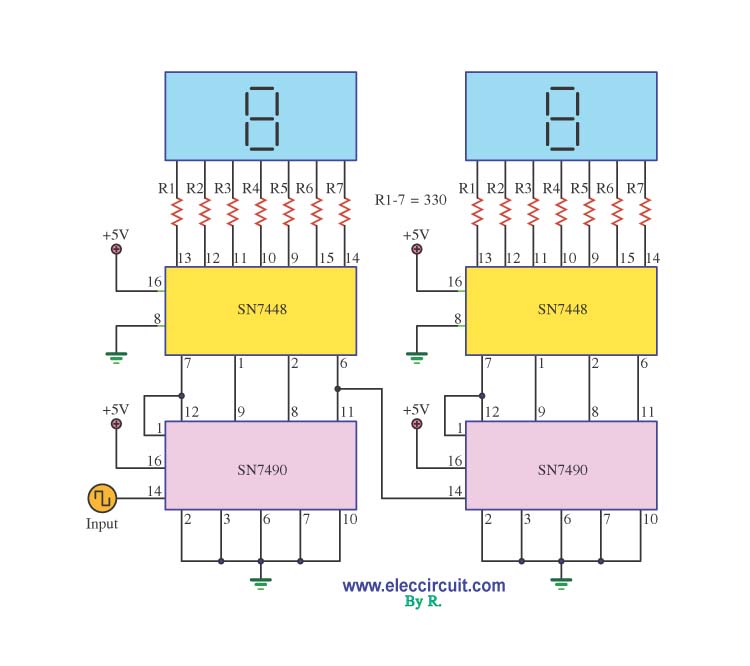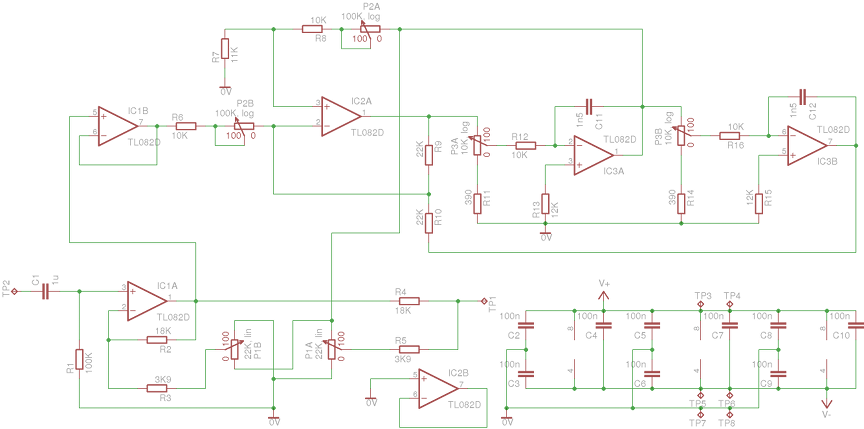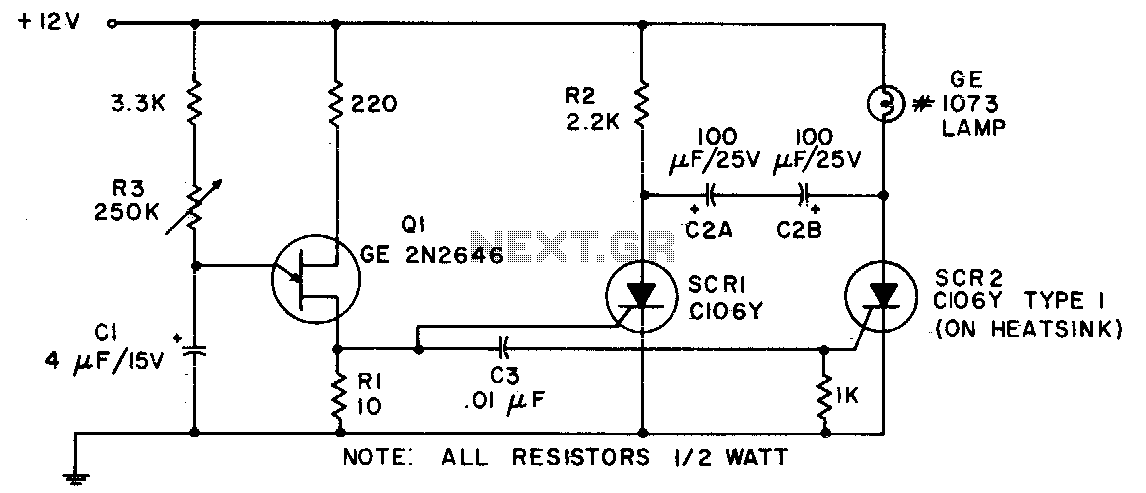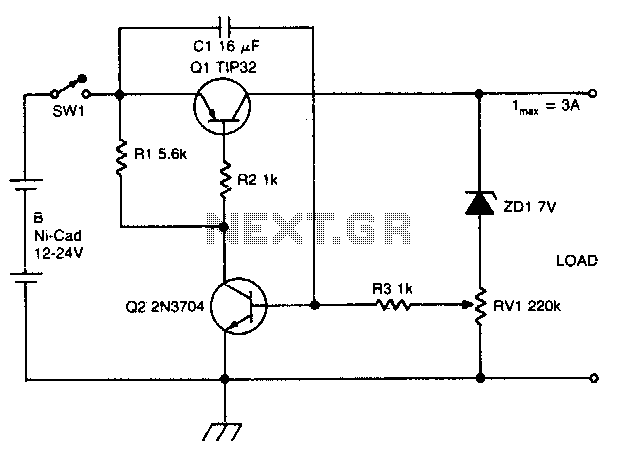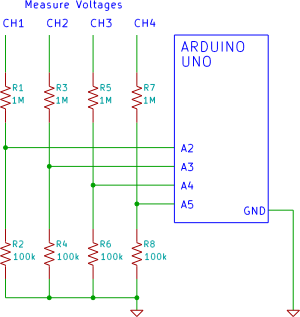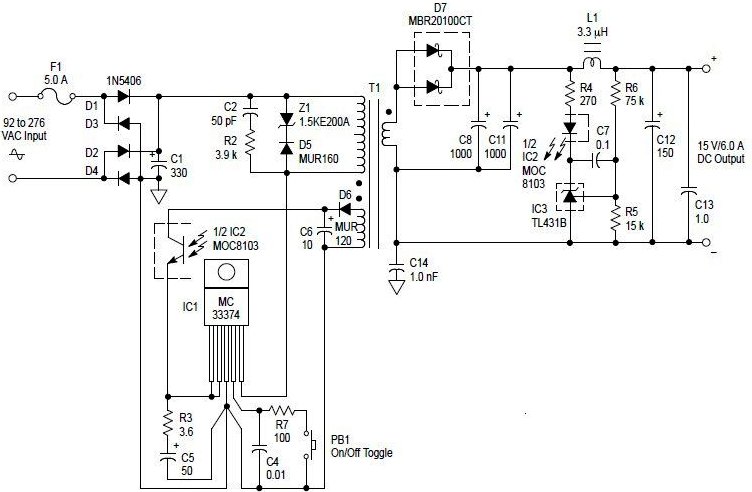
pcb fabrication Feasibility Question and Advice on CAD software
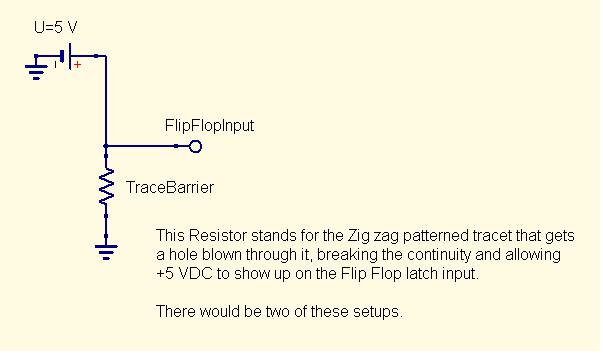
For a hobby project, a breadboarded design is being considered that utilizes pair detectors functioning as a single-use physical barrier. When impacted by a projectile, a trace is interrupted, allowing a +5VDC signal to trigger a flip-flop integrated into the gate logic for a counter-timer. The envisioned detector consists of a thin adhesive sticker with a copper trace embedded within it, forming a zigzag pattern to cover the area, similar to passive RF sticker tags used in retail for anti-theft purposes. Questions have arisen regarding the practicality of having a manufacturer produce a batch of these devices and recommendations for user-friendly free CAD software suitable for this type of project, particularly for a user familiar with Linux but considering Windows 7. Additionally, the use of photodiodes has been suggested, and further inquiries will be made in a separate discussion. The breakable trace design allows for various configurations while maintaining low slew rates. The plan includes measuring the velocity of the projectile over a distance of 1 to 2 cm with a 10 MHz timer clock. It is noted that a current limiting resistor should be included in the circuit design to prevent potential fire hazards associated with the trace.
The proposed circuit design involves a physical barrier detector system that utilizes a breakable copper trace embedded in an adhesive sticker. The copper trace is arranged in a zigzag pattern to maximize coverage of the intended area while ensuring sensitivity to projectile impacts. When a projectile strikes the barrier, it disrupts the continuity of the copper trace, resulting in a voltage change that can be detected. This voltage change is designed to trigger a flip-flop circuit, which is a critical component in the gate logic for a counter-timer system.
The flip-flop will be powered by a +5VDC supply, ensuring compatibility with common digital logic levels. The output of the flip-flop can be used to increment a counter or initiate a timer, thus allowing for precise measurement of the projectile's velocity. The circuit should also include a current limiting resistor in series with the copper trace to mitigate the risk of overheating or fire, particularly in the event of a short circuit or excessive current flow.
For the manufacturing aspect, it is advisable to explore local PCB fabrication services that can accommodate custom designs, as well as inquire about the feasibility of producing adhesive-backed copper traces. In terms of CAD software, options such as KiCad or EasyEDA are recommended for their user-friendly interfaces and suitability for creating simple PCB layouts. These tools can facilitate the design process without requiring extensive experience in CAD.
In summary, this project combines innovative detection technology with practical electronics to create a reliable and efficient method for measuring projectile velocity, while also emphasizing safety and manufacturability.For a hobby project I have bread boarded, I am considering using a pair detectors that operate as a single use physical barrier. When hit by a projectile, a trace is broken allowing +5VDC to to trigger a flipflop that is part of my gate logic for a counter-timer.
I have envisioned this detector as a thin adhesive sticker with a thin copper trace e mbedded in it that forms a simple pattern to cover the area, zigzaging across the surface. Similar to the passive RF sticker tags used by retail stores for antitheft. My questions are: 1) Will it be practical to have a manufacturer print a batch of these things for me 2) I`ve never used CAD software before, is there a suggestion for a free CAD program, that doesn`t have a huge learning curve for this type of project (I`m a linux guy but thinkning W7 is more likely here ) EDIT: Photo diodes are a great idea, and I will likely try them and ask questions in a separate thread. The break-able trace allows for more configurations and keeps slew rates ( and other rates ) small. I plan to use a very small distance to track the velocity of said projectile, like 1 or 2 cm. I have a 10 Mhz clock for my timer. EDIT2: I should have added a current limiting resistor to the diagram so as not to start a fire with the trace.
but I think you get the idea from this diagram. 🔗 External reference
The proposed circuit design involves a physical barrier detector system that utilizes a breakable copper trace embedded in an adhesive sticker. The copper trace is arranged in a zigzag pattern to maximize coverage of the intended area while ensuring sensitivity to projectile impacts. When a projectile strikes the barrier, it disrupts the continuity of the copper trace, resulting in a voltage change that can be detected. This voltage change is designed to trigger a flip-flop circuit, which is a critical component in the gate logic for a counter-timer system.
The flip-flop will be powered by a +5VDC supply, ensuring compatibility with common digital logic levels. The output of the flip-flop can be used to increment a counter or initiate a timer, thus allowing for precise measurement of the projectile's velocity. The circuit should also include a current limiting resistor in series with the copper trace to mitigate the risk of overheating or fire, particularly in the event of a short circuit or excessive current flow.
For the manufacturing aspect, it is advisable to explore local PCB fabrication services that can accommodate custom designs, as well as inquire about the feasibility of producing adhesive-backed copper traces. In terms of CAD software, options such as KiCad or EasyEDA are recommended for their user-friendly interfaces and suitability for creating simple PCB layouts. These tools can facilitate the design process without requiring extensive experience in CAD.
In summary, this project combines innovative detection technology with practical electronics to create a reliable and efficient method for measuring projectile velocity, while also emphasizing safety and manufacturability.For a hobby project I have bread boarded, I am considering using a pair detectors that operate as a single use physical barrier. When hit by a projectile, a trace is broken allowing +5VDC to to trigger a flipflop that is part of my gate logic for a counter-timer.
I have envisioned this detector as a thin adhesive sticker with a thin copper trace e mbedded in it that forms a simple pattern to cover the area, zigzaging across the surface. Similar to the passive RF sticker tags used by retail stores for antitheft. My questions are: 1) Will it be practical to have a manufacturer print a batch of these things for me 2) I`ve never used CAD software before, is there a suggestion for a free CAD program, that doesn`t have a huge learning curve for this type of project (I`m a linux guy but thinkning W7 is more likely here ) EDIT: Photo diodes are a great idea, and I will likely try them and ask questions in a separate thread. The break-able trace allows for more configurations and keeps slew rates ( and other rates ) small. I plan to use a very small distance to track the velocity of said projectile, like 1 or 2 cm. I have a 10 Mhz clock for my timer. EDIT2: I should have added a current limiting resistor to the diagram so as not to start a fire with the trace.
but I think you get the idea from this diagram. 🔗 External reference
